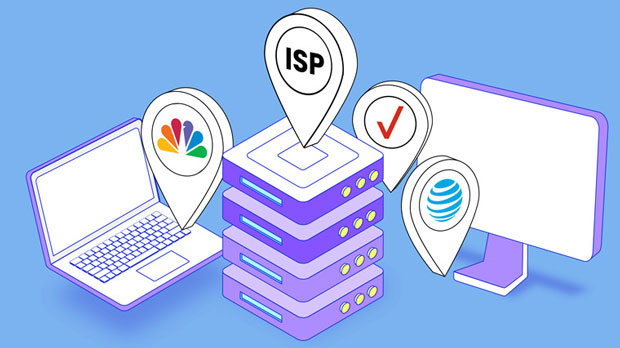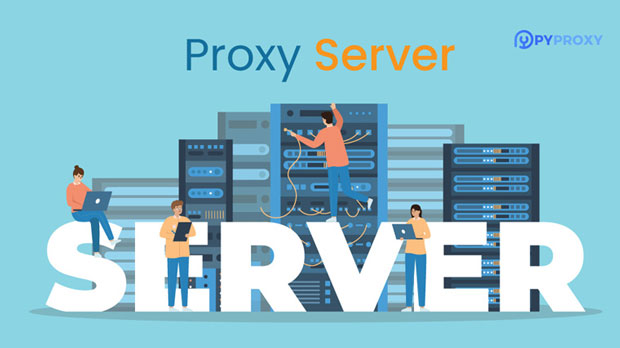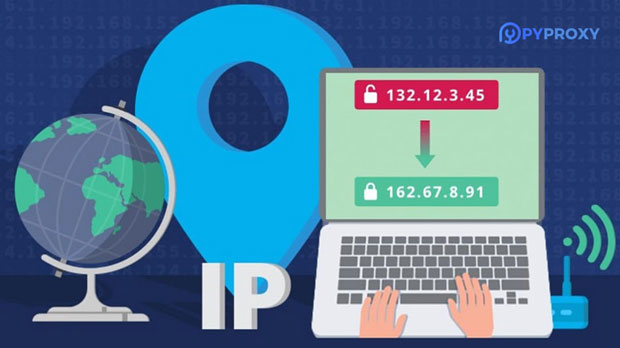In the world of online privacy and security, socks5 proxies have become a popular choice for users seeking anonymity and bypassing geo-restrictions. While free SOCKS5 proxies may seem like an appealing option, especially for casual users, they come with certain limitations that can compromise security, speed, and reliability. On the other hand, paid socks5 proxy services often offer enhanced performance, security, and customer support, making them a better choice for individuals or businesses with higher demands. This article will compare the advantages and disadvantages of free SOCKS5 proxies versus paid services, highlighting key factors such as speed, security, reliability, and overall value. Understanding SOCKS5 ProxiesBefore diving into the comparison, it’s essential to understand what SOCKS5 proxies are and how they function. SOCKS5 is a type of proxy server that routes internet traffic through an intermediary server, allowing users to mask their IP addresses. This makes it harder for websites and online services to track the user’s true location and identity. SOCKS5 is particularly favored for its versatility and support for a wide range of applications, including torrenting, gaming, and accessing restricted content.While both free and paid SOCKS5 proxies offer similar functionalities, the key differences lie in their performance, security, and overall service quality.Advantages of Free SOCKS5 Proxies1. No Financial CommitmentThe most obvious advantage of free SOCKS5 proxies is that they cost nothing. For individuals who are only looking to anonymize their browsing activities on occasion or need to access geo-blocked content once in a while, free SOCKS5 proxies can serve as an economical solution. There’s no need to pay a subscription fee or make any financial commitment.2. Easy AccessibilityFree SOCKS5 proxies are widely available on various websites and forums. Users can typically access them without any registration or lengthy setup procedures. This makes it easy for those who need a quick solution without any hassle. 3. Good for Basic, Casual UseFor casual users who only need a proxy for non-sensitive activities such as browsing or watching videos online, free SOCKS5 proxies can work reasonably well. These users may not require the higher speeds or enhanced security features that come with paid services.Disadvantages of Free SOCKS5 Proxies1. Security RisksOne of the most significant disadvantages of free SOCKS5 proxies is the lack of strong security. Since free proxies are often operated by unknown entities, there’s no guarantee that the proxy servers won’t log your data or inject malicious code into your connection. Free proxies can also expose users to man-in-the-middle attacks, where hackers intercept and alter communications. For sensitive activities like online banking or handling private information, the lack of encryption and robust security measures makes free proxies a risky choice.2. Slow Speeds and Bandwidth LimitationsFree SOCKS5 proxies are often shared by many users, which can result in reduced speeds and performance. With more users accessing the same proxy server, the bandwidth is stretched thin, leading to slower browsing, buffering issues, and difficulty accessing content. This can be particularly problematic for users who require fast internet speeds for activities like streaming, gaming, or torrenting.3. Reliability and DowntimeFree proxy servers are usually less reliable compared to paid services. They may experience frequent downtime, meaning users could face interruptions in service or an inability to connect to the server altogether. Since free proxies are typically run by volunteers or unprofessional entities, there’s no customer support to resolve issues quickly, and the service may be shut down without prior notice.4. Limited Features and FunctionalityFree SOCKS5 proxies often come with limited features. Users may not have access to advanced settings, like custom port configurations or specific security protocols. Additionally, free proxies may not support high-demand use cases, such as torrenting or bypassing heavy geo-restrictions, making them less versatile than their paid counterparts.Advantages of Paid SOCKS5 Proxies1. Enhanced SecurityPaid SOCKS5 proxy services usually come with robust encryption, which adds an additional layer of protection to the user’s internet traffic. These services are typically operated by established companies that prioritize user privacy and security, ensuring that your data is not logged or sold. Paid services often include features like SOCKS5 authentication, which requires users to authenticate before they can connect, providing an extra layer of security.2. Faster Speeds and Unlimited BandwidthSince paid SOCKS5 proxies are offered as premium services, they usually come with faster speeds and no bandwidth restrictions. Paid users benefit from dedicated servers or fewer users per server, which results in smoother and faster browsing, streaming, or gaming. For those who need reliable, high-speed connections, paid proxies are the better choice.3. Better Reliability and UptimePaid SOCKS5 proxies typically offer guaranteed uptime and reliability. Professional service providers invest in maintaining their servers and ensuring that they’re operational at all times. Many paid services also have customer support teams available to assist with any issues, reducing the frustration of encountering downtime or connectivity problems.4. Additional Features and CustomizationPaid services often come with additional features, such as the ability to choose specific server locations, advanced security settings, and customizable configurations. This makes paid proxies more suitable for users with specific needs, such as businesses requiring access to multiple locations for testing, or individuals who need to bypass complex geo-blocks or access restricted content consistently.Disadvantages of Paid SOCKS5 Proxies1. CostThe most significant disadvantage of paid SOCKS5 proxies is the cost. Depending on the provider and the service plan, users may need to pay a monthly or yearly subscription fee. For casual users who only need occasional anonymity or geo-unblocking, the cost may outweigh the benefits. However, for power users or businesses that require consistent performance, the cost is often justified.2. Potential OverheadWhile paid SOCKS5 proxies are often reliable, there’s always a chance that the provider’s service could experience issues. Additionally, some paid services may have limitations on the number of simultaneous connections or the amount of data that can be transferred each month. Users need to carefully review the terms and conditions to ensure that the service aligns with their needs.Which Option Is Right for You?Choosing between free and paid SOCKS5 proxies depends largely on your needs. If you’re simply looking for occasional access to geo-blocked content or basic anonymity for non-sensitive browsing, a free socks5 proxy might be sufficient. However, if you value security, speed, and reliability, especially for more demanding tasks like streaming, gaming, or handling sensitive information, a paid SOCKS5 proxy service would be a better investment.In conclusion, while free SOCKS5 proxies can offer a quick and cost-free solution, they come with significant drawbacks, especially when it comes to security and performance. Paid SOCKS5 proxies, while requiring a financial investment, provide better overall service, enhanced security, and more reliable performance, making them the preferred choice for users who prioritize quality and dependability.
Dec 26, 2024
![arrow]()



















































